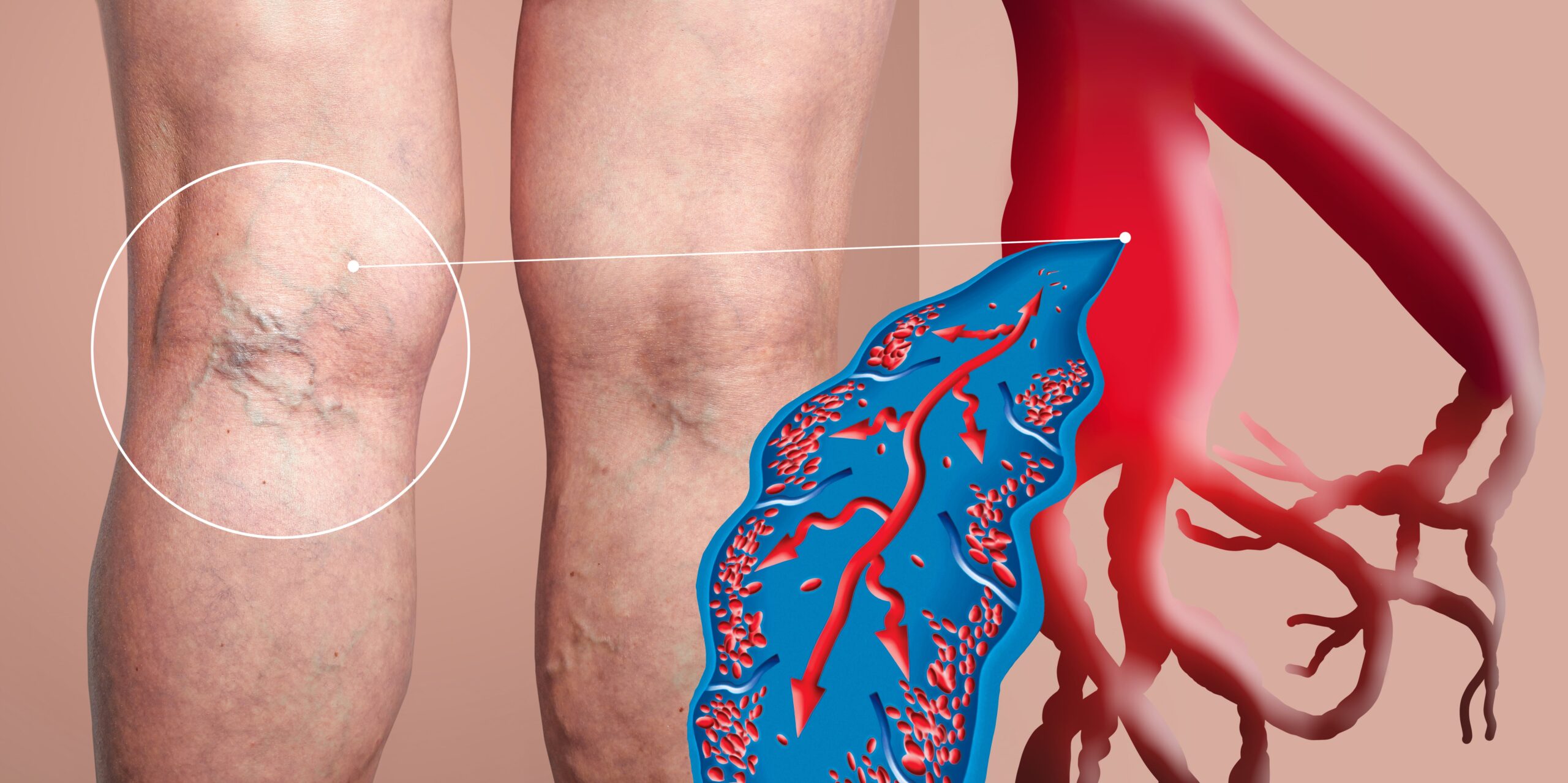New Nomogram Accurately Predicts DVT Risk in Epithelial Ovarian Cancer Patients
A recent study published in Menopause, the official journal of The Menopause Society, presents the development and validation of a nomogram designed to predict the likelihood of deep vein thrombosis (DVT) in women diagnosed with epithelial ovarian cancer (EOC). This personalized predictive tool may significantly enhance clinical decision-making and preventive care in this high-risk group.
Although ovarian cancer is not as widespread as breast or lung cancer, it remains one of the most deadly forms of cancer among women—ranking fifth in cancer-related female deaths. Epithelial ovarian cancer is the most prevalent subtype, responsible for over 90% of all ovarian cancer cases. One of the challenges in treating EOC lies in its vague and often silent early symptoms, such as abdominal bloating and appetite loss, which frequently lead to late diagnoses and limited treatment outcomes.
The standard treatment pathway includes surgery followed by chemotherapy, both of which can increase the patient’s risk of developing serious postoperative complications. Among them, deep vein thrombosis is particularly concerning. If left undetected, DVT can result in pulmonary embolism—a potentially fatal condition caused by blood clots migrating to the lungs.
In this context, identifying patients at high risk of DVT is essential. Nomograms, which transform complex statistical data into visual, user-friendly prediction tools, provide a personalized approach to this challenge. Despite their growing use in clinical oncology, few studies have focused on employing nomograms specifically to predict DVT in EOC patients.
To address this gap, researchers conducted an observational study involving 429 patients with epithelial ovarian cancer. Of these, 116 patients (27%) developed DVT. After detailed analysis, eight independent risk factors were identified as significant contributors to DVT development: age, body mass index (BMI), hypertriglyceridemia, tumor stage, tumor grade, CA125 levels, platelet count, and fibrinogen levels.
Using these variables, the research team built a nomogram with high predictive accuracy and clinical value. The model enables physicians to estimate an individual patient’s probability of developing DVT, facilitating earlier intervention and better tailored preventive strategies.
The study, titled “Construction of a nomogram prediction model for deep vein thrombosis in epithelial ovarian cancer,” contributes meaningful evidence to the ongoing effort to improve outcomes in ovarian cancer care through predictive modeling and personalized medicine.








